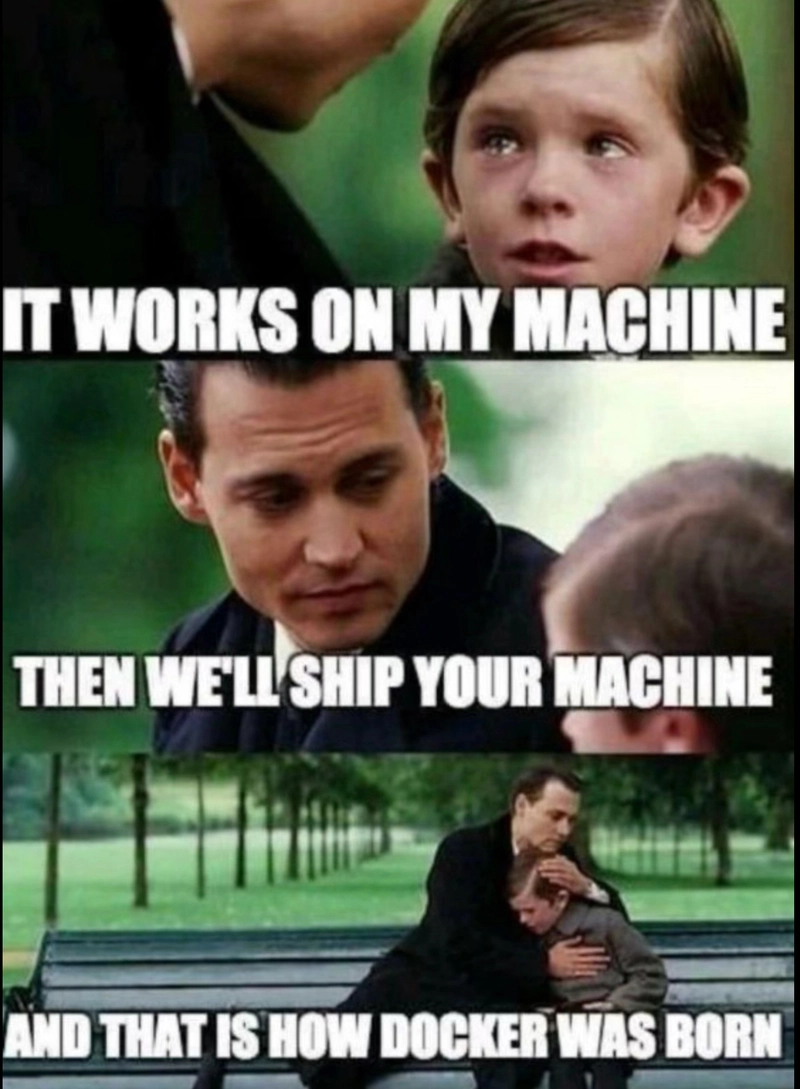Amazon and ULA get set to start launching batches of satellites for Project Kuiper network
Amazon and United Launch Alliance have set April 9 as the date for the first launch of full-scale satellites for Amazon’s Project Kuiper broadband internet network. ULA said the three-hour window for the Atlas V rocket’s liftoff from Cape Canaveral Space Force Station’s Space Launch Complex 41 in Florida is scheduled to open at noon ET (9 a.m. PT) that day. ULA is planning a live stream of launch coverage via its website starting about 20 minutes ahead of liftoff. Amazon said next week’s mission — known as Kuiper-1 or KA-1 (for Kuiper Atlas 1) — will put 27 Kuiper… Read More


Amazon and United Launch Alliance have set April 9 as the date for the first launch of full-scale satellites for Amazon’s Project Kuiper broadband internet network.
ULA said the three-hour window for the Atlas V rocket’s liftoff from Cape Canaveral Space Force Station’s Space Launch Complex 41 in Florida is scheduled to open at noon ET (9 a.m. PT) that day. ULA is planning a live stream of launch coverage via its website starting about 20 minutes ahead of liftoff.
Amazon said next week’s mission — known as Kuiper-1 or KA-1 (for Kuiper Atlas 1) — will put 27 Kuiper satellites into orbit at an altitude of 280 miles (450 kilometers).
ULA launched two prototype Kuiper satellites into orbit for testing in October 2023, but KA-1 will mark Amazon’s first full-scale launch of a batch of operational satellites designed to bring high-speed internet access to millions of people around the world.
“We’ve designed some of the most advanced communications satellites ever built, and every launch is an opportunity to add more capacity and coverage to our network,” Rajeev Badyal, vice president of Project Kuiper, said today in a blog posting. “We’ve done extensive testing on the ground to prepare for this first mission, but there are some things you can only learn in flight, and this will be the first time we’ve flown our final satellite design and the first time we’ve deployed so many satellites at once.”
Badyal said “this is just the start of our journey, and we have all the pieces in place to learn and adapt as we prepare to launch again and again over the coming years.”
According to Amazon, the Kuiper satellite design has gone through significant upgrades since the prototypes were launched. Amazon’s primary manufacturing facility is in Kirkland, Wash., with some of the components produced at Project Kuiper’s headquarters in nearby Redmond.
“We have improved the performance of every system and sub-system on board, including phased array antennas, processors, solar arrays, propulsion systems, and optical inter-satellite links,” Amazon said. “In addition, the satellites are coated in a dielectric mirror film unique to Kuiper that scatters reflected sunlight to help make them less visible to ground-based astronomers.”
The mission profile for KA-1 calls for deploying the satellites safely in orbit and establishing ground-to-space contact. The satellites would then use their electric propulsion systems to settle into their assigned orbits at an altitude of 392 miles (630 kilometers), under the management of Project Kuiper’s mission operations team in Redmond.
Under the current terms of its license from the Federal Communications Commission, Amazon is due to launch 3,232 Kuiper satellites by 2029, with half of those satellites going into orbit by mid-2026.
To accommodate next week’s 27-satellite launch, ULA is using the most powerful configuration of the Atlas V rocket, with five solid rocket boosters added to the core booster. Amazon has reserved seven more Atlas V missions for Project Kuiper, and it’s already begun shipping and processing satellites for the next launch from Florida.
Amazon has also reserved 38 launches on ULA’s larger Vulcan Centaur rocket, plus more than 30 launches on rockets provided by Arianespace, Blue Origin and SpaceX.
Project Kuiper’s ambitious deployment campaign is part of an effort to catch up with SpaceX’s Starlink satellite broadband network, which already has more than 7,000 satellites in orbit and 5 million subscribers. Eutelsat OneWeb is also going after the market for internet services provided by satellites in low Earth orbit.
Stan Shull, managing director for Alliance Velocity, noted this week that Amazon’s Project Kuiper now leads the list of Seattle-area space ventures when it comes to employment listings. According to Shull’s figures, Project Kuiper accounted for about 47% of the 1,149 open jobs in Washington state’s space industry as of March 31, compared with 21% for Jeff Bezos’ Blue Origin space venture and 19% for Starlink, which manufactures its satellites at SpaceX’s Redmond facility.













































































































































































![[The AI Show Episode 142]: ChatGPT’s New Image Generator, Studio Ghibli Craze and Backlash, Gemini 2.5, OpenAI Academy, 4o Updates, Vibe Marketing & xAI Acquires X](https://www.marketingaiinstitute.com/hubfs/ep%20142%20cover.png)































































































































![[DEALS] Microsoft Office Professional 2021 for Windows: Lifetime License (75% off) & Other Deals Up To 98% Off – Offers End Soon!](https://www.javacodegeeks.com/wp-content/uploads/2012/12/jcg-logo.jpg)













































































































































_Anthony_Brown_Alamy.jpg?#)
_Hanna_Kuprevich_Alamy.jpg?#)




.png?#)

























































































![Hands-on: We got to play Nintendo Switch 2 for nearly six hours yesterday [Video]](https://i0.wp.com/9to5toys.com/wp-content/uploads/sites/5/2025/04/Switch-FI-.jpg.jpg?resize=1200%2C628&ssl=1)
![Fitbit redesigns Water stats and logging on Android, iOS [U]](https://i0.wp.com/9to5google.com/wp-content/uploads/sites/4/2023/03/fitbit-logo-2.jpg?resize=1200%2C628&quality=82&strip=all&ssl=1)














![YouTube Announces New Creation Tools for Shorts [Video]](https://www.iclarified.com/images/news/96923/96923/96923-640.jpg)

![Apple Faces New Tariffs but Has Options to Soften the Blow [Kuo]](https://www.iclarified.com/images/news/96921/96921/96921-640.jpg)




































































































































